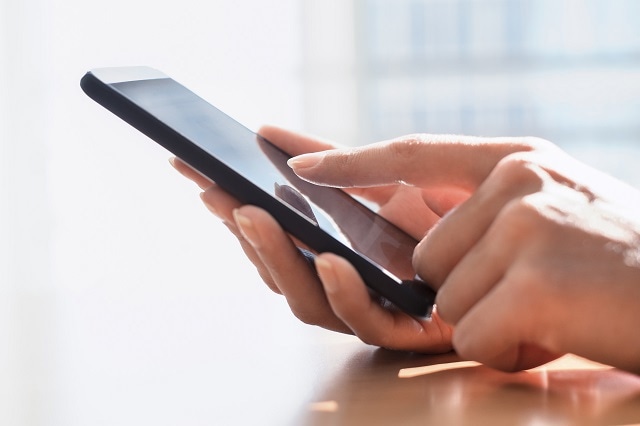
Sourced from: Think Stock
A recent study at the University of Oregon (UO) proposed that smartphones may be as clever as their name suggests. Research into whether cell phones have a similar microbiome to the skin of the individual using it, has suggested that the device could potentially be used as a future personal microbiome sensor.
It is uncommon to meet somebody in the developed world who doesn't own a cell phone these days - in fact there are almost as many cell phones in the world as humans. Smartphones, with the capability of internet access and built in applications, have become a useful tool to track information about the user. This information can include health, travel and hobbies and can give a fairly accurate representation of the personality of its owner.
The UO is now suggesting, based on recent findings from a study, that cell phones could also provide data on the personal microbiome (microbes associated with the individual) of the owner of the device. As previous research had suggested that there is specific variations in microbes found on the skin of an individual, UO hypothesized that an individual's cell phone may also display this variation, as it has previously been described as "an extension of self". The fact that a person may touch their cell phone several times during an hour could lead to this similarity in microbiomes.
The Experiment
Participants gathered from a workshop at the Robert Wood Johnson Foundation (17 in total) had the touch-surfaces of their cell phones along with their index fingers and thumbs of their dominant hands swabbed for microbes. These were then examined to identify microbial types on both the subjects and their individual cell phones, and then the two were compared for similarities. The microbial composition between the thumb and index finger was also compared.
Between digits, participants had roughly 32% shared Operational Taxinomic Units (OTU) compared to 22% with their individual cell phones.
When the focus was placed on OTUs representing more than 0.1% of the subject's dataset, between index fingers and phones there was an 82% shared OTU and between digits, a 96% OTU.
Results showed three microbial types to be prevelant on both the cell phones and individual's fingers, these were Streptococcus (typically found in the mouth), Staphylococcus and Corynebacterium (both found on the skin). Every participant in the study showed a microbiome more in common with their personal phone than another participants', suggesting that there is a relationship between a person using a cell phone, and the resulting bacteria found on it.
Females were also found to have a stronger link between their microbiomes on fingers and their cell phones than males, particularly with their index fingers.
"The iMyBug" - Your New Best Friend?
It seems that there is a fairly strong link between the bacteria existing on our most commonly used digits to operate a smartphone and the bacteria found on that smartphone. It may be too soon to tell whether a cell phone could be used to measure and monitor its user's microbiome, but this research is certainly a large step towards developing a technology capable of doing so.
References